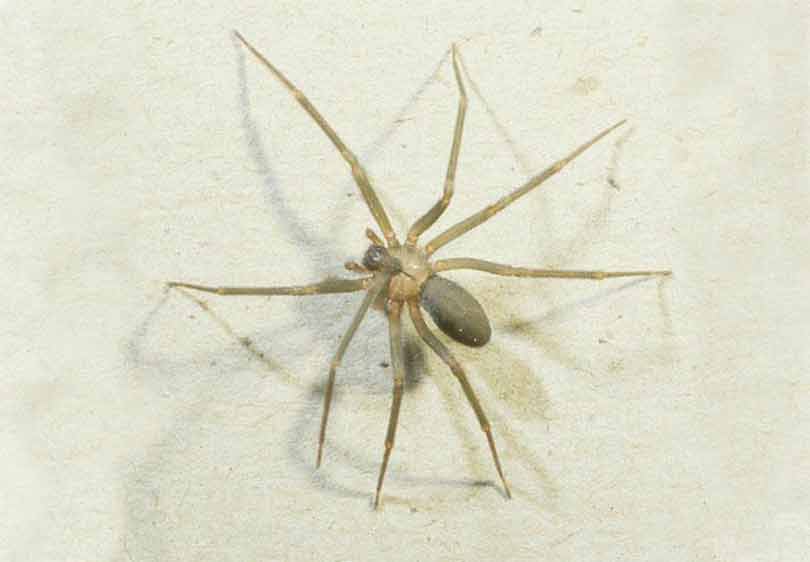Guardian Pest Control Can Be Fun For Anyone
Guardian Pest Control Can Be Fun For Anyone
Blog Article
Getting The Guardian Pest Control To Work
Table of ContentsGuardian Pest Control for DummiesNot known Incorrect Statements About Guardian Pest Control Guardian Pest Control for DummiesLittle Known Questions About Guardian Pest Control.All About Guardian Pest ControlOur Guardian Pest Control Statements
A targeted strategy such as this maintains ecological influence low. Looking and monitoring for insects should be done consistently, anywhere from daily to weekly depending on the sort of bug and the setting. Create a course, and keep in mind the areas on the path to quit and check under fallen leaves, along a structure, at bait stations.As an example, taking a look around a consumer's backyard for areas mosquitoes can lay eggs. Threshold-based decision-making associates with scouting and keeping an eye on. Seeing a few wasps every so often probably does not warrant activity. But seeing them each day and in enhancing numbers suggests it's time to find and eliminate their nest.
You might use a trap plant such as zinnia to attract Japanese beetles. Staying current on pest control techniques provides you an edge over your competitors.
The Of Guardian Pest Control
Protecting against pest infestations is less complicated than doing away with them, so inform consumers when securing a crack or caulking a window would certainly make a distinction. Recognize the pest and customize the control method (pest control in orem utah) - https://www.avitop.com/cs/members/or3mp3stctrl.aspx. Know exactly what type of parasite you're handling, and examine the environment thoroughly as you think of a treatment strategy
There are several general techniques to insect bug monitoring. When creating an overall pest monitoring method it is practical to consider every one of the available choices. Many particular insect control methods can be classified right into the following significant classifications: cultural control, host resistance, physical control, mechanical control, biological control, and chemical control.
These methods include modification of common farming or horticulture techniques to prevent insects or to make the setting less favorable for them. There are a number of sorts of cultural controls; the following are a few instances of frequently utilized approaches. A western corn rootworm, an insect that can be regulated by plant rotation.
What Does Guardian Pest Control Do?
changes a crop that is vulnerable to a severe pest with one more crop that is not prone, on a revolving basis. As an example, corn rootworm larvae can be starved out by following corn with one to 2 years of a non-host plant such as soybeans, alfalfa, oats, or various other crops.

As an example, pickleworms will concentrate in squash grown near cucumbers, and the squash plants can be ruined. A meticulously taken into consideration time of growing will assist prevent some bug problems such as seed corn maggot. Some apple selections are resistant to several bugs. Image by USDA-ARS Host resistance, or plant resistance, has actually been used successfully for years to decrease the impact of insects.
9 Easy Facts About Guardian Pest Control Explained
Plant breeders attempt to use these qualities and even enhance them to develop plants that are resistant. Numerous varieties of vital plants expanded today, such as wheat, rice, alfalfa, corn, and apples are resistant to several pests. Historically, the advancement of resistant selections was typically tiresome and lengthy, calling for several generations of plant hybridization.
Floating row covers keep pests out These are techniques that physically maintain insect bugs from reaching their hosts - http://tupalo.com/en/users/6502798. Barriers consist of window screens for maintaining health and hassle pests out of structures and plant bugs out of greenhouses, floating row covers for many gardening plants, and plant collars to keep cutworms from striking plants such as tomatoes
Codling moth larvae can be entraped under cardboard bands twisted around apple trees; the bands are removed and ruined. Some pests, such as earwigs and slugs, can be lured to their death in sunken catches filled up with beer. Sometimes, chemical lures (containing scents or other chemical attractants) are offered to boost trap efficiency.
Getting The Guardian Pest Control To Work

For instance, plum curculio beetles can be gotten rid of from fruit trees by vigilantly banging tree arm or legs with a padded stick and gathering the grown-up weevils on a white sheet as they befall of the trees. A solid spray of water will displace aphids and termites from greenhouse, yard, and home plants.
Some Known Factual Statements About Guardian Pest Control
Many centuries earlier, Chinese farmers observed that ants were assisting to control insect parasites in their citrus orchards by feeding on caterpillars, beetles, and leaf-feeding pests. The farmers uncovered that by gathering the papery nests of a specific type of ant from trees in the i thought about this countryside and moving them into their orchards, they obtained better control of some insects.
Killers may be insects or other insectivorous pets, each of which eats lots of insect victim during its life time. Killers are usually large, active, and/or noticeable in their habits, and are as a result extra conveniently identified than are bloodsuckers and microorganisms. Parasites lay their eggs in or on their host. Image by USDA-ARS.

Report this page